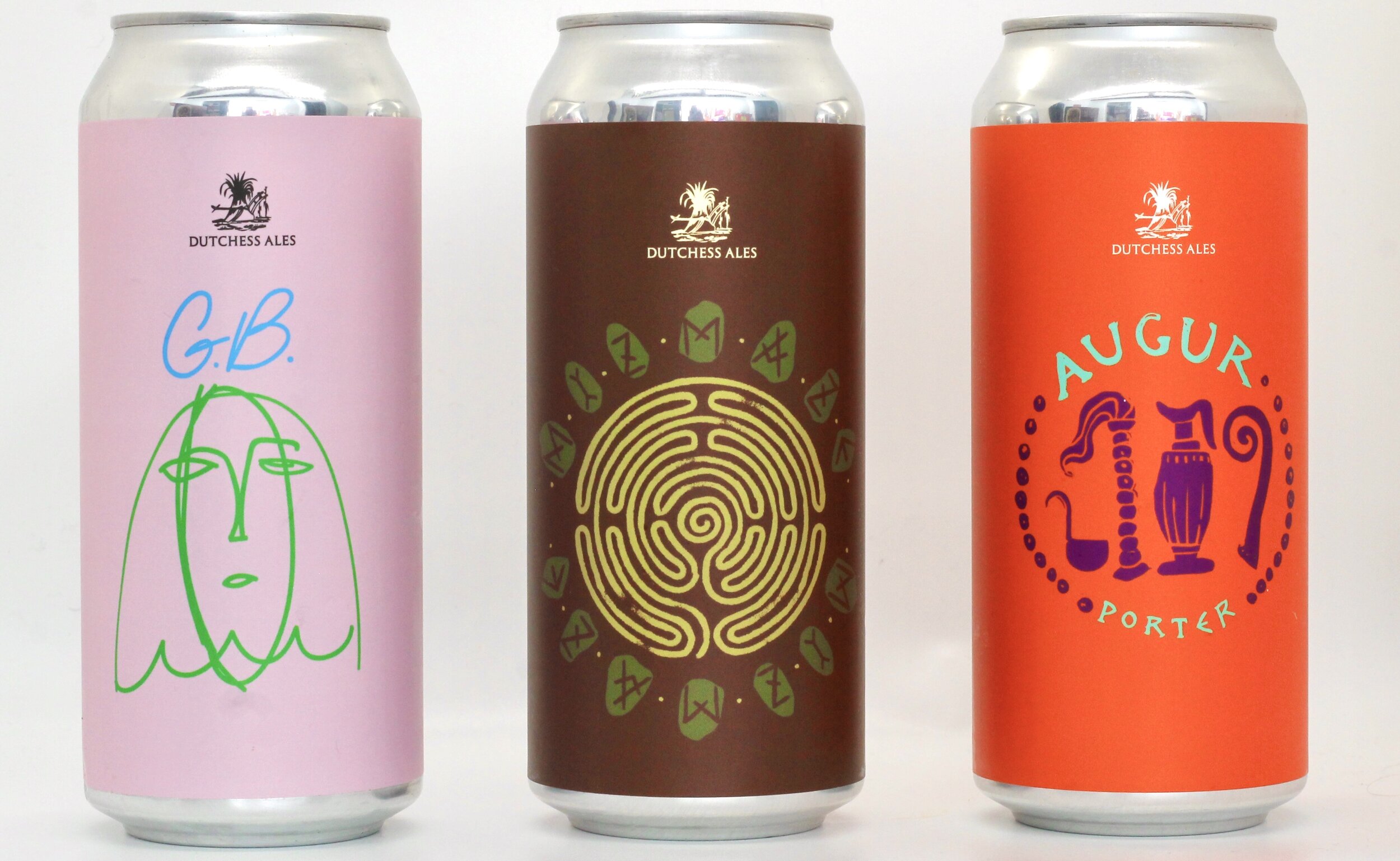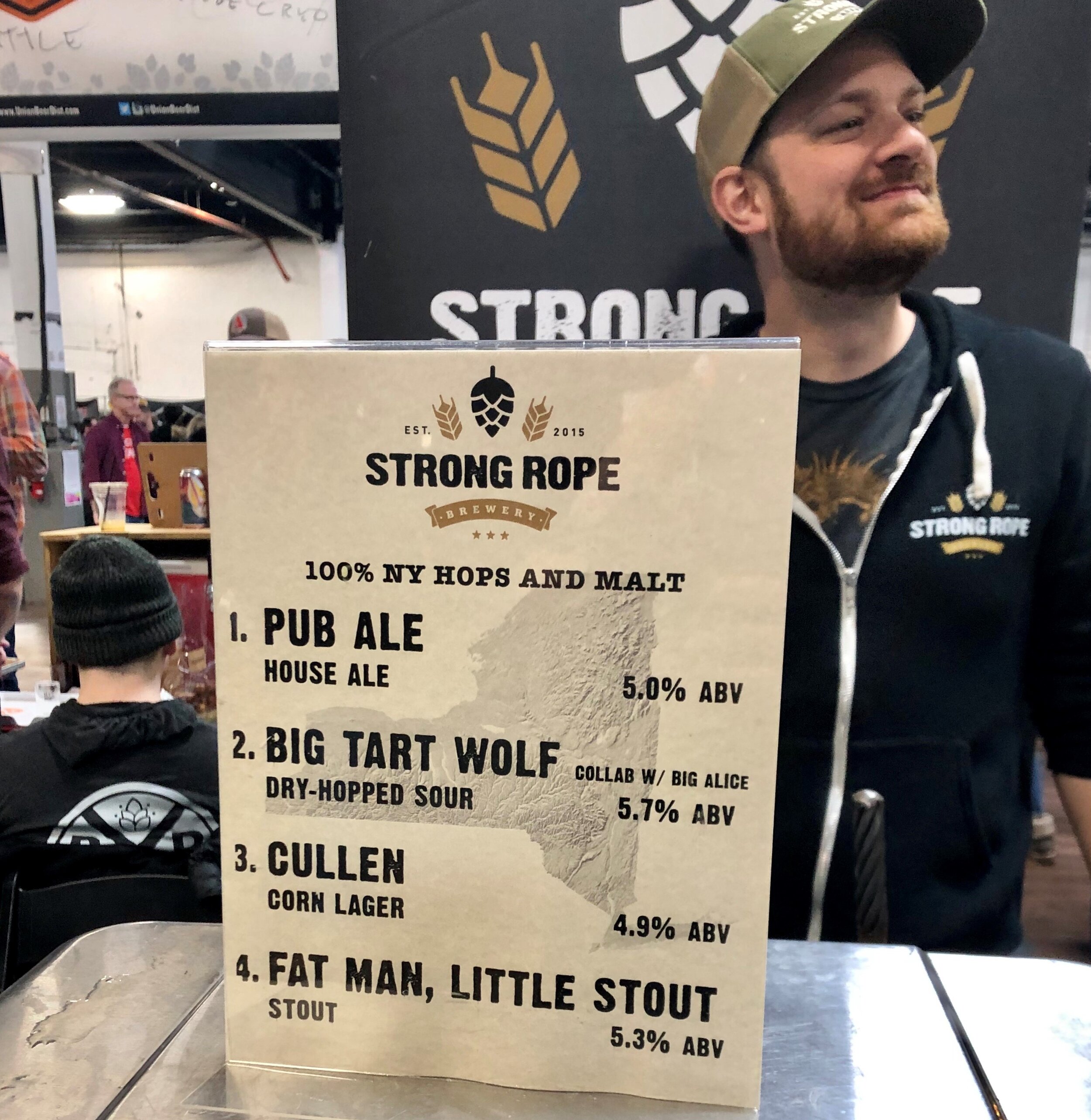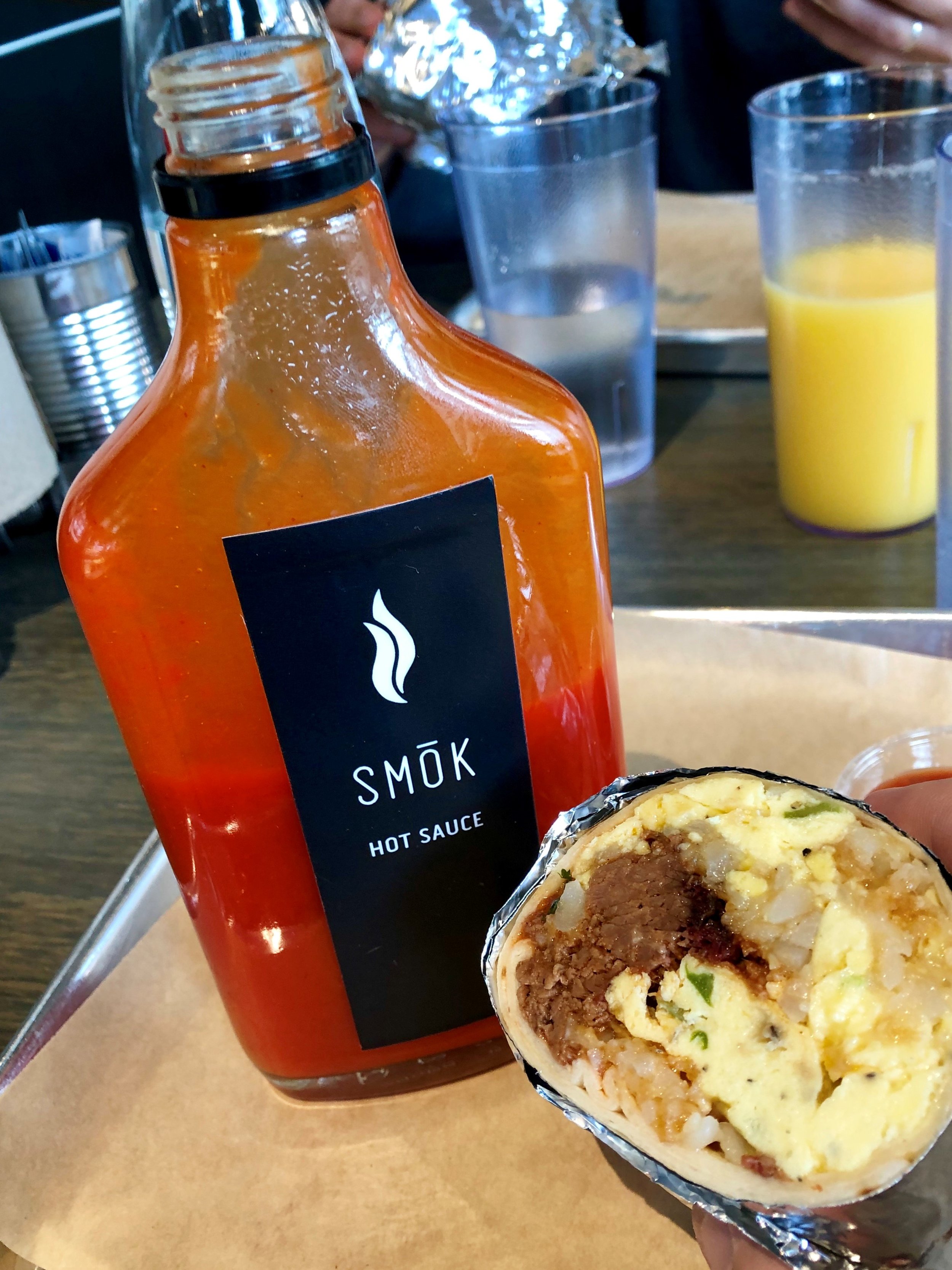After getting the attention from some reputable beer bars in New York City with their English-style cask ales, Michael Messenie and Tim Lee took their homebrew project to the next level and formally established Dutchess Ales in 2016 as a cask-only brewery. The project began as a means for the two to have the type of beer they had while in the UK, but couldn’t readily find at home.
There are few breweries in the United States with a genuine commitment to traditional English-style ales, and fewer putting their beer in casks (Machine House, Yorkshire Square, Hogshead, Forest and Main and Bonn Place come to mind). Dutchess popped on my radar a couple of years ago through social media, and I was immediately intrigued, especially since their home base of Wassaic, NY (located in Dutchess County) is a little over an hour from where I live.
Cask ale is nearly impossible to find, and these days when it is available, it is often an experimental beer. I’m not against people doing that, but I personally don’t have much interest in it. So when cask beer enthusiasts like myself find a brewery making traditional beer to be served from a hand pump, not too far from where they live, they get excited.
However, I’m sure like many other fans of traditional cask ale, this excitement usually comes with a bit of trepidation as many US breweries have struggled to successfully execute these varying styles. Further, the bars that serve them, often don’t have the expertise on how to properly handle cask ale.
Not surprisingly, it’s tough to turn a profit being a cask-only operation, and Messenie and Lee knew the end was in sight if they continued to be “overly idealistic”, as Messenie put it. Indeed, with just a handful of accounts, limited output, and no public taproom, profits were severely limited.
Accordingly, Dutchess ramped up production in 2019 by brewing their own beer at Great South Bay in Bay Shore, Long Island, and distributing in cans. They went from having just a handful of accounts, to being distributed all over the metro New York market in a short amount of time, and I was finally able to get my hands on some of their beer.
With my first pint, their Pale Ale called GB (previously, Ghost Beer), I was pleased to find that they nail it, making subtle, English-style ale, delicately incorporating modern American tastes. Sure, this concept is not new, and Dutchess doesn’t hide the fact that their beer is really a hybrid of American and English influences. Countless breweries have tried to do it since the craft beer revolution began several decades ago, but few do it well.
It makes sense that Messenie cites inspiration from UK breweries Adnams and Thornbridge. Adnams being a well-established brewery that makes excellent ales, and Thornbridge, a younger brewery that is based on tradition, but has not shied away from modern trends. Dutchess is successful with intentions that don’t stray far from their inspiration, and they completely maintain the spirit of the styles they brew.
While can sales have taken off, cask production continues to do well (at least until Covid-19 hit. The brewery has halted cask production for the time being.) The brewers are strict about accounts they will provide their casks, only supplying those they know are able to properly handle and serve the beer. The names will come as no surprise to cask fans in New York City, including Spuyten Duyvil and Blind Tiger. You can also find them at The Grand Delancey, a recent addition to the city’s craft beer scene that regularly has cask ale. This was where I first had GB from a hand pump. I was there for a special event featuring other breweries, but I couldn’t pass on the opportunity to have a proper cask ale. Or two.
In addition to the GB, I’ve also had Mizmaze, which they call an Extra Special Bitter (ESB), and Augur, which is a Porter. The latter is the most traditional of the three with an aroma, flavor profile and mouthfeel that fits with what many older American beer aficionados would call a “Porter”. Of the three, it’s the only one with an English hop. It includes East Kent Goldings, among others. The base malt for this and GB is Maris Otter from Thomas Fawcett. It’s a very enjoyable beer.
Of those that I tasted, Mizmaze is the beer that I would most like to have from a hand pump. The “Bitter” style, and its subcategories can be a bit fuzzy, but a unifying theme is that they are all quite drinkable, with low carbonation, a good balance between malt and hops, though with a bitter presence. Everything about Mizmaze fits the bill, including its 4.4-percent ABV, and 34 IBU’s. The base malt for this beer is Golden Promise. Perhaps more than any other, this style demonstrates how magnificent traditional cask ale can be.
This is in contrast to what some inexperienced and experimental brewers are putting in cask. Commenting on those that are making weird cask one-offs, Messenie says, “brewers (in my opinion) should maybe consider the fact that not every beer is right for a cask - I think it is a vehicle to show the beauty and subtlety of the best ingredients, not a wow factor.”
I think Dutchess, particularly it’s GB, the Pale Ale, could serve as a gateway for modern craft beer drinkers, bringing some much needed interest to these classic, under-appreciated styles. Messenie, discussing the prospects for cask ale in the United States, optimistically notes, “if brewers and bars can find a nice meeting place and the quality is continuously improving, when consumers are directed to the cask option, I think they will keep coming back for more.”










![IMG_0291[4762].jpg](https://images.squarespace-cdn.com/content/v1/5bad02bf16b6400df7290367/1583089622625-4LF4IBT8BRX42L2Z3L03/IMG_0291%5B4762%5D.jpg)







